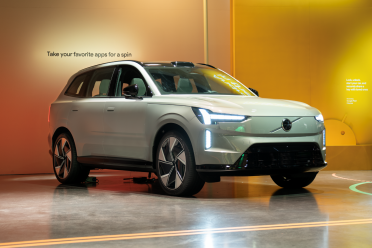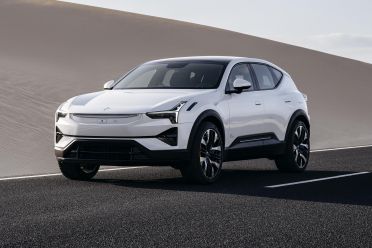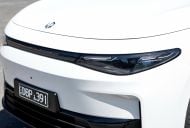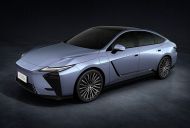Google’s HD map technology will be used in the upcoming Volvo EX90 and Polestar 3 to improve the performance of their advanced driver assist technology.
Both electric SUVs will use Google’s precise lane-level and localisation data, in conjunction with their LiDAR, cameras, radar and ultrasonic sensors, to power features like Pilot Assist, a level 2 autonomous driving feature.
Jorgen Behren, VP and general manager of Geo Automotive at Google claims the technology is “crucial to powering the next generation of assisted and autonomous driving systems”.
The Volvo EX90 and Polestar 3 share their SPA2 platform, numerous safety features and infotainment operating system, the latter also powered by Google.
The Android Automotive operating system features Google Automotive Services, with embedded Google Assistant, Google Maps, and a range of other apps from the tech giant, as well as wireless Apple CarPlay.
The infotainment system supports over-the-air software updates to continuously improve the technology within the two vehicles.
The Volvo has also been confirmed to include safety features like sub-millimetre radar sensors inside the car, to warn you if you leave children or pets behind.
MORE: Android Automotive: Who’s partnering with Google?
At this stage we are set to see Volvo’s new flagship SUV in Australia in the second half of 2024.
The introduction of the all-electric Volvo EX90 into the market brings it one step closer to the brand’s goal of being fully electric by 2026 in Australia and by 2030 globally.
Polestar already exclusively sells electric vehicles, and will launch the 3 SUV in Australia in 2024.
Both brands fall under the umbrella of Chinese giant Geely.
In 2010, the Geely Holding Group acquired 82 per cent of Volvo Cars and in 2015, Volvo Cars sold 50.5 per cent of Polestar ownership over to the Chinese company
MORE: 2024 Volvo EX90 revealed: Electric seven-seat SUV details
MORE: Polestar 3 electric SUV revealed










